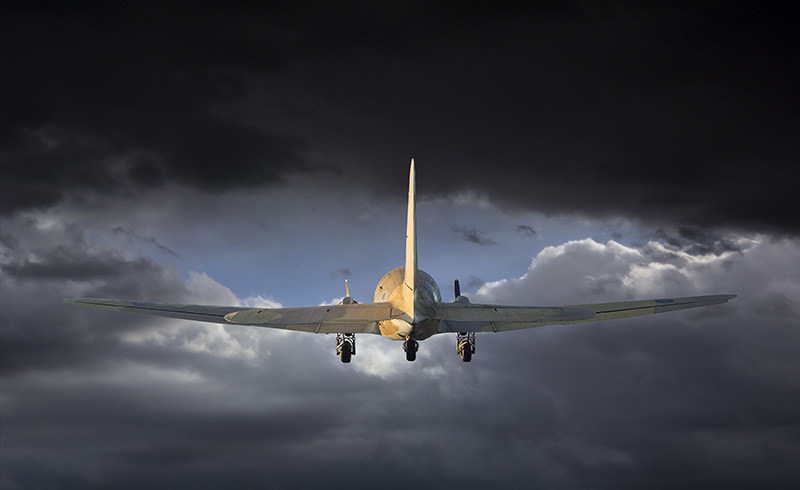
The relationship between climate and aviation is a tricky one. The aviation industry is making strides to reduce emissions, but it must at the same time adapt its operations to a shifting climate and extreme weather. Carlo Abate from Deep Blue is coordinator of the SESAR JU AEROPLANE project, which is supporting the transition towards a net-zero, resilient aviation sector. In this article, he explains the project’s approach to tackling the challenges faced by aviation due to a changing climate.
What is the rationale of the AEROPLANE project and what are its main objectives?
The European aviation sector is highly conscious of the climate impact of its activities. Simultaneously, it is aware of its vulnerability to the increasing frequency of extreme weather conditions. In fact, AEROPLANE tries to answer two questions: how much does aviation contribute to climate change? How much does climate change impact aviation?
In this context, AEROPLANE aims to develop services to support both mitigation (of aviation’s impact on climate change) and adaptation (of aviation operations to the effects of climate change). Climate change mitigation focuses on reducing greenhouse gas (GHG) emissions and employing sustainable practices to limit further contributions to global warming. In aviation, this may involve adopting more energy-efficient technologies and improving operations to reduce environmental impact. On the other hand, climate change adaptation refers to the measures and strategies adopted to address and minimise the negative impacts arising from adverse effects of climate change. This includes managing disruptions caused by extreme weather variations, like rain and high temperatures, and effects on air traffic management.
Can you give some examples of proof-of-concept climate services that the project is developing?
AEROPLANE will develop three distinct proof of concept climate services: a methodology to measure aviation’s contribution to climate change (considering both CO2 non-CO2 effects), a methodology to measure the impact of climate change on aviation operations (i.e., impact of high temperatures on take-off performance and noise pollution) and drone operations, and a toolkit that will integrate both measurements. With its expected results, AEROPLANE adopts a user-centred approach in designing solutions tailored to the stakeholder needs.
Is the project targeting conventional aircraft only?
Among its case studies, AEROPLANE focuses also on drone operations, and how these are affected by extreme weather conditions, such as high temperatures, strong wind and rain, etc. During its project lifecycle, AEROPLANE will also involve drone operators to understand how they face the challenges posed by climate change in order to design innovative climate services tailored to their needs.
What are the expected benefits of this project?
When developed and demonstrated, the AEROPLANE solutions will promote a more sustainable aviation, with the twofold objective of increasing the awareness of different stakeholders about the impact of operations on climate and improve the sector’s resilience to climate-induced extreme phenomena. For instance, AEROPLANE can greatly contribute to informed decision-making when planning operations, such as avoiding airspace that is particularly sensitive to emissions or provide crucial insights to increase the resilience of airports to extreme weather conditions.

